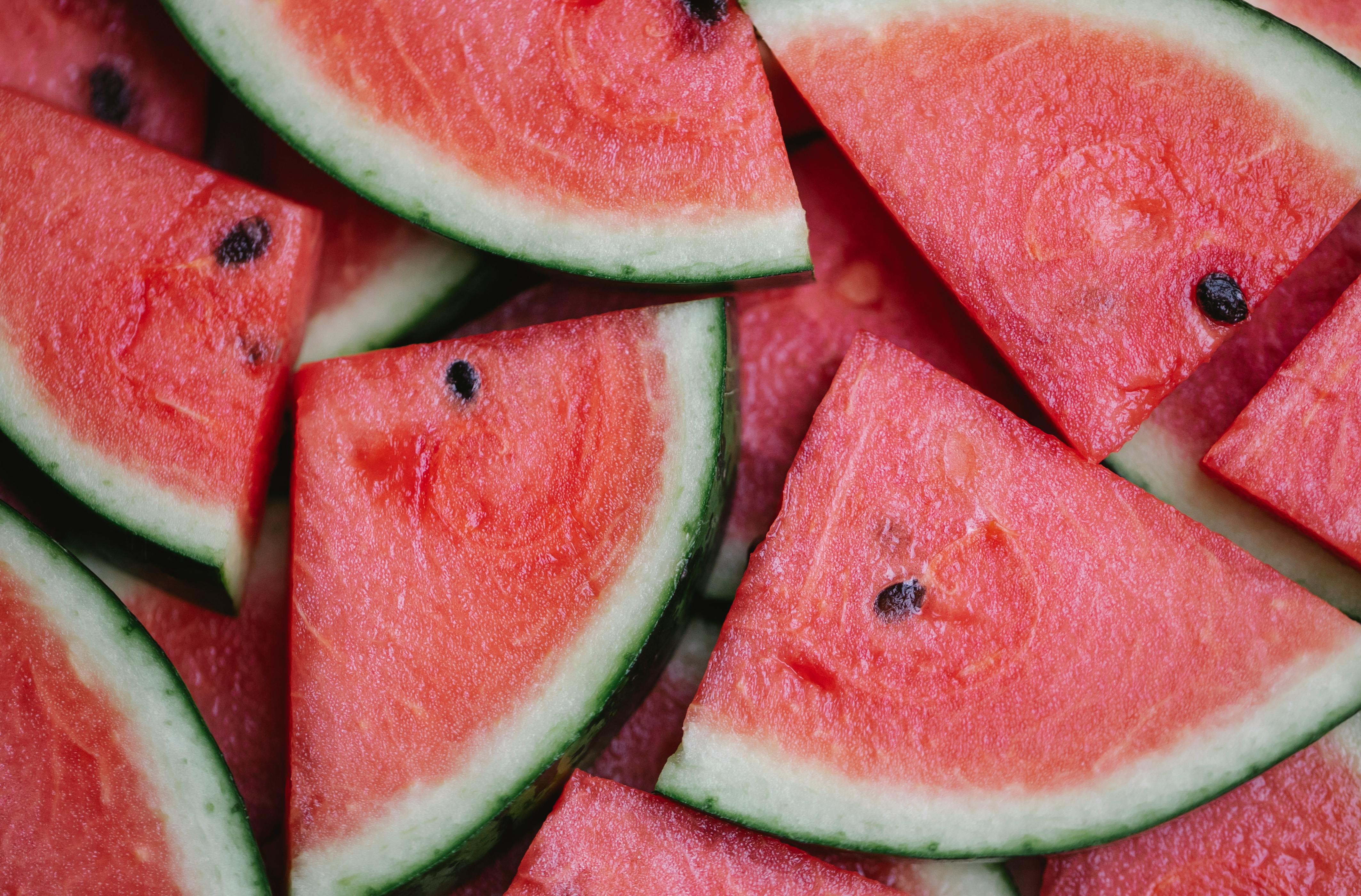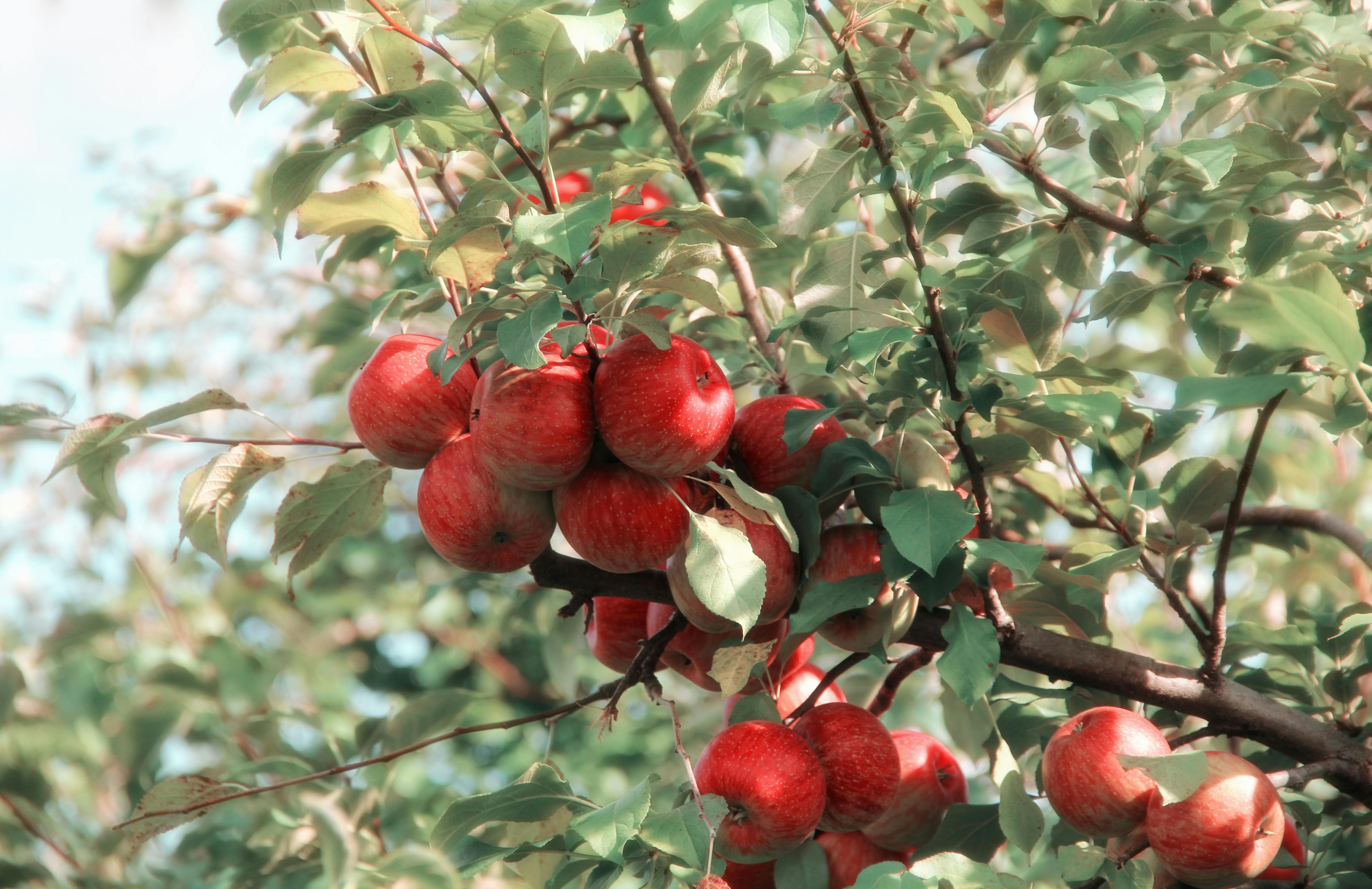Dragon fruit, also known as pitaya, is a sweet and delicious tropical fruit that is native to Mexico and Central America. It has a unique look and flavor that make it a popular choice for both chefs and home cooks. Dragon fruit is in season from May through October, so if you’re looking for the perfect time to enjoy this amazing fruit, now is the time! Here’s all you need to know about when dragon fruit is in season.Dragon Fruit is typically in season in Asia from mid-May to mid-September.
Dragon Fruit in Season in Europe
Dragon fruit is a delicious and exotic fruit that is native to Central and South America, but is becoming increasingly popular in Europe. The season for dragon fruit in Europe usually runs from late spring to early autumn, depending on the region and the variety of dragon fruit being harvested. Dragon fruits are typically available from May through September, although some varieties may ripen earlier or later than this. In warmer regions, such as Spain and Italy, dragon fruit can be found as early as April and as late as October.
Dragon fruits are most commonly found at farmers markets or specialty grocers during their season. They can also be grown at home, although they require a very specific climate to thrive. Dragon fruits have a very short shelf life after they are picked which means they should be consumed soon after they are purchased.
When selecting a dragon fruit it’s important to look for one that is slightly soft with bright colors – generally red and green stripes or pinkish-red flesh when cut open. It should be fragrant when ripe and free of any blemishes or brown spots. Dragon fruits can be eaten fresh or juiced, added to smoothies or salads, or used in desserts such as sorbet or mousses. They can also be dried like other fruits for longer storage options.
Overall, the season for dragon fruit in Europe usually runs from late spring through early autumn depending on the region and variety being harvested. While it is possible to find them year-round in some areas, dragon fruits are generally best enjoyed when they are in season so that you can get the freshest taste possible!
Dragon Fruit in South America
Dragon fruit is a sweet and juicy fruit that is native to Central and South America. It has an exotic appearance and a unique flavor, making it a popular choice among tropical fruit enthusiasts. The season for dragon fruit in South America varies depending on the region, but generally ranges from late spring to early autumn. In areas such as Ecuador, Colombia, Peru, and Chile, the season usually begins in late May or early June and ends in late October or early November. During this time of year, dragon fruit can be found at local markets and grocery stores.
In terms of cultivation, dragon fruit requires warm temperatures and plenty of sunlight to flourish. It grows best when temperatures average around 70°F (21°C), with nighttime lows not dropping below 60°F (16°C). While the plant can tolerate some cooler temperatures for brief periods of time, prolonged exposure to cold weather will damage or even destroy it. Dragon fruit also needs regular rainfall during its growing season, which generally lasts from April to October.
Overall, dragon fruit is a great addition to any diet due to its high levels of vitamins, minerals, fiber, and antioxidants. It can be eaten fresh or added to smoothies, salads, desserts, and other dishes. If you’re looking for an exotic treat while visiting South America during its growing season, don’t forget to pick up some dragon fruit!
When is Dragon Fruit in Season in North America?
Dragon fruit is in season in North America from late spring to early fall. During this time, dragon fruit can be found at local farmers markets and some specialty stores. The fruit usually has a vibrant pink or red hue, with white or yellow flesh inside. The flesh is often sweet and juicy, with a mild flavor similar to kiwi or melon. It’s also high in vitamins and minerals, making it a healthy snack or addition to salads or smoothies. Dragon fruit can be eaten raw, cooked, juiced, or even made into jellies and jams. With its unique flavor and texture, dragon fruit makes for a great summer treat!
When is Dragon Fruit in Season in Australia?
Dragon fruit, also known as pitaya, is a tropical fruit native to Mexico and Central America. In Australia, dragon fruit season typically falls between October and February. The fruit is harvested when it’s ripe, so peak season will depend on the weather conditions for that particular year.
Dragon fruit can be found in most supermarkets and health food stores throughout Australia during the season. The most common variety of dragon fruit is pink with green scales and a white flesh inside. Other varieties include yellow and red dragon fruit with either white or red flesh inside.
Dragon fruits are packed with vitamins and minerals such as Vitamin C, iron, calcium, magnesium, phosphorus and zinc. They are also high in dietary fiber which helps to keep your digestive system healthy and regulate blood sugar levels. Additionally, the antioxidants present in dragon fruits can help to reduce inflammation in the body which can help to prevent chronic diseases such as diabetes and heart disease.
When selecting a dragon fruit from your local store or market, look for one that is firm but not too hard. You may also want to check for any dark spots or bruises on the outside of the fruit as these could indicate that it’s not fresh anymore. Ripe dragon fruits should have a sweet smell to them and should feel slightly soft when you press down on them gently with your finger.
Overall, dragon fruits are an excellent source of nourishment that can be enjoyed during their season of availability in Australia between October and February each year!

Ripe Seasons for Different Varieties of Dragon Fruit
Dragon fruit, also known as pitaya or pitahaya, is a delicious and exotic fruit native to Central and South America. It has many different varieties, each with its own unique flavor and ripening season. The most commonly grown varieties of dragon fruit include Hylocereus undatus, Hylocereus polyrhizus, Selenicereus megalanthus, and Stenocereus queretaroensis.
Hylocereus undatus is the most widely cultivated species of dragon fruit. This variety is native to Mexico and Central America and ripens between July and September in the Northern Hemisphere. It has a sweet flavor with hints of watermelon, kiwi, and banana.
Hylocereus polyrhizus is another popular variety of dragon fruit that is native to South America. This variety ripens between April and June in the Northern Hemisphere and has a sweet-tart flavor reminiscent of kiwi or pear.
Selenicereus megalanthus is a rarer species of dragon fruit that is native to South America. This variety ripens between October and December in the Northern Hemisphere and has a tart flavor reminiscent of cranberry or raspberry.
Lastly, Stenocereus queretaroensis is another uncommon species of dragon fruit that is native to Mexico. This variety ripens between January and March in the Northern Hemisphere and has an earthy flavor similar to peaches or melon.
No matter which variety you choose, dragon fruit can be an enjoyable addition to any diet! With its unique flavors ranging from sweet-tart to earthy, this exotic fruit can make for a delicious treat any time of year!
How to Tell When Dragon Fruit is Ripe for Harvesting?
Dragon fruit, also known as pitaya, is a delicious and exotic tropical fruit that is native to Central and South America. It has a sweet, creamy flavor and can be used in a variety of recipes. Knowing when the dragon fruit is ripe for harvesting is essential for getting the best flavor and texture. Here are some tips on how to tell when dragon fruit is ripe for harvesting:
The first sign that dragon fruit is ready to be harvested is its color. The skin of the dragon fruit should be bright pink or red, depending on the variety. If it has any green spots or patches, it’s not quite ripe yet. You should also look for a glossy sheen on the skin, which indicates ripeness.
The second indicator of ripeness is the feel of the dragon fruit. Gently press your thumb into the skin; it should give slightly but remain firm. If it feels too soft or mushy, then it’s overripe and likely won’t have as good of a flavor.
Finally, you can tell when dragon fruit is ripe by smelling it. Ripe dragon fruits will have a sweet aroma that can easily be detected when you hold it close to your nose. If you don’t smell anything at all, then it’s not quite ready yet.
By following these tips, you should have no problem telling when your dragon fruit is ripe for harvesting. Enjoy this delicious and unique treat!
Nutritional Benefits of Dragon Fruit
Dragon fruit is a tropical fruit that belongs to the cactus family and grows in warm climates. It’s rich in nutrients, including vitamin C, phosphorus, calcium, and iron. It also contains dietary fiber and has a low glycemic index. Eating dragon fruit during its season can provide numerous health benefits due to its nutrient content.
Rich in Antioxidants
Dragon fruit is packed with antioxidants that help protect the body from oxidative damage caused by free radicals. These antioxidants can help protect against certain diseases, such as cancer and heart disease. The antioxidants found in dragon fruit also have anti-aging properties, which can help reduce wrinkles and keep skin looking young and healthy.
Improves Digestion
The high fiber content of dragon fruit helps to improve digestion by promoting regular bowel movements and preventing constipation. The dietary fiber also helps to reduce cholesterol levels in the blood, which can help prevent heart disease. Additionally, the antioxidants found in dragon fruit may help to reduce inflammation in the digestive tract, which can prevent certain digestive disorders such as irritable bowel syndrome (IBS).
Boosts Immune System
The vitamins and minerals found in dragon fruit can help boost the immune system by providing essential nutrients that are needed for good health. Vitamin C helps build up immunity against various illnesses while the iron present helps produce red blood cells that carry oxygen throughout the body. The phosphorus and calcium found in dragon fruit also play an important role in maintaining strong bones and teeth.
Weight Loss
Dragon fruit is low in calories yet high in dietary fiber, making it an ideal snack for those trying to lose weight or maintain a healthy weight. Eating dragon fruit during season can help to fill you up without packing on too many calories, making it an excellent choice for those looking for a nutritious snack option that won’t lead to weight gain.

Conclusion
Dragon fruit is a delicious and nutritious tropical fruit that is available throughout the year. While the peak season for dragon fruit is from May to September, it can be grown and enjoyed in many other warmer climates as well. Dragon fruit has a wide range of health benefits, including being high in vitamins and minerals, low in calories, and containing a variety of antioxidants. It has a mild sweet taste that makes it enjoyable to eat on its own or use in recipes.
No matter when you choose to enjoy this unique and flavorful fruit, make sure to buy fresh dragon fruit that has been harvested at its peak ripeness. This will help ensure that you get all the health benefits of this amazing superfood while enjoying its delightful flavor.


